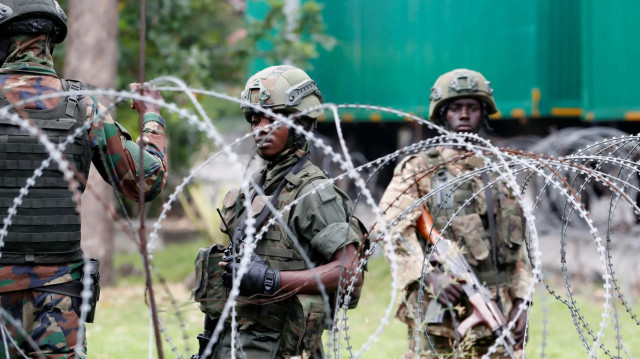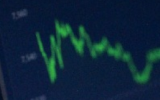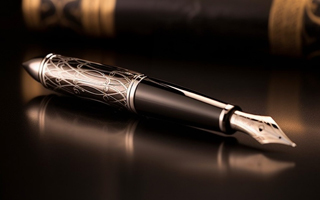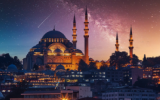
DR Congo and rebel groups led by M23 could sign a comprehensive peace deal in Doha, a step that diplomats and observers say could reshape one of Africa’s longest-running wars
After decades of brutal conflict in the eastern Democratic Republic of Congo, hopes for peace are once again on the horizon.
The Congolese government and a coalition of rebel groups led by M23 are expected to sign a comprehensive peace agreement in Doha, a step that diplomats and observers say could reshape one of Africa’s longest-running wars.
This builds on the declaration of principles signed on July 19, which set Aug. 8 as the deadline to begin direct negotiations after agreed-upon “confidence-building measures” were implemented, with Aug. 18 set as the target date for reaching consensus and inking a final peace deal.
However, doubts remain, not least because just days after the July signing in Qatar, both sides accused each other of breaking the truce, casting a shadow over what was meant to be a landmark step in resolving three decades of bloodshed.
While the deal is seen as an encouraging signal, experts caution that lasting stability will require more than signatures. With deep-rooted grievances, shifting conflict dynamics, and the presence of dozens of armed groups, many warn that peace in eastern Congo remains an elusive goal.
“I wouldn’t necessarily say the peace deal would shorten the road to peace in Congo but I think it’s a good step. It shows that both parties have reached a point where there is no option but to come together to find a political solution,” said Rose Mumanya, a Nairobi-based political risk analyst and researcher.
Mumanya said pressure from Qatar and the US has been instrumental in bringing the parties together, but she warned: “The country may be far from achieving peace because conflict dynamics have changed in such a way that besides the Congolese army and M23 there are more actors involved in the conflict, all of them with divergent interests which may not be achieved in one peace agreement.”
Martin Ziakwau of the Catholic University of Congo echoed this concern, stressing that true stability requires grassroots inclusivity. “The agreement may end military escalation but conditions need to be created for a lasting peace. An agreement without real inclusiveness could be contested on the ground,” he said.
- Key terms of the deal
Eastern Congo has been torn apart for decades by violence among more than 100 armed groups vying for influence in the mineral-rich region. The UN calls the crisis “one of the most protracted, complex, serious humanitarian crises on Earth,” with over 7 million people currently displaced.
According to the declaration of principles, the peace agreement envisions restoring state authority in eastern cities now under rebel control. Both sides also pledged to refrain from “any attempt to seize by force new positions on the ground.”
The M23’s resurgence in 2021 has been central to Congo’s instability. Kinshasa accuses neighboring Rwanda of backing the rebels, a charge Kigali denies. The group currently controls significant territory, including the strategic provincial capitals of Goma and Bukavu seized earlier this year.
A central sticking point remains whether M23 will withdraw from the areas it holds. The declaration calls for restoring Congolese state authority nationwide, and Kinshasa has insisted that the “non-negotiable withdrawal” of M23 is essential, according to government spokesperson Patrick Muyaya.
The rebels disagree, however, and analysts believe the group is unlikely to relinquish key cities without major concessions.
“I don’t think the M23 will withdraw from cities under their control, at least not in the next few months or years because it is not in their best interests,” said Mumanya. “The M23 gained some legitimacy since gaining control over Goma and Bukavu by being seen as political actors and not just one of the hundreds of other rebel groups operating in eastern Congo.”
She added that M23 now profits from illicit mining and agricultural networks, a lucrative source of funding. “It is very unlikely right now ... M23 will relinquish control of illicit mineral supply chains in such a short time. So, there are still going to be issues to fight over in the next few months or years, regardless of the peace agreement.”
- Obstacles to lasting peace
Experts point to deep-seated distrust among the parties as a key barrier.
Mumanya emphasized that it has been difficult to achieve peace in eastern Congo because all parties have not been willing to engage with each other in good faith because of a long history of suspicion and mutual distrust.
She also noted that competing international mediators have complicated progress, failing to harmonize efforts because of their interests in the conflict.
According to her, for any political solution to take root, negotiators must address thorny unresolved issues: the activities of the Democratic Forces for the Liberation of Rwanda (FDLR) militia, the alleged ties between M23 and Rwanda, and the illegal exploitation of Congo’s vast mineral wealth.
In a statement on Sunday, rebel spokesman Lawrence Kanyuka said the “AFC/M23 … reaffirms its full commitment to the Doha Peace Process and emphasizes that only the full implementation of the Declaration of Principles will enable the next round of talks to proceed which should be based on the root causes of the conflict.”
“Only in this framework alone that these root causes will be addressed, thereby paving the way for a comprehensive and lasting peace agreement,” he said.
As the signing in Doha approaches, many Congolese remain hopeful but wary. The agreement could mark the beginning of a new chapter, or simply another episode in a cycle of fragile deals and shattered truces.







